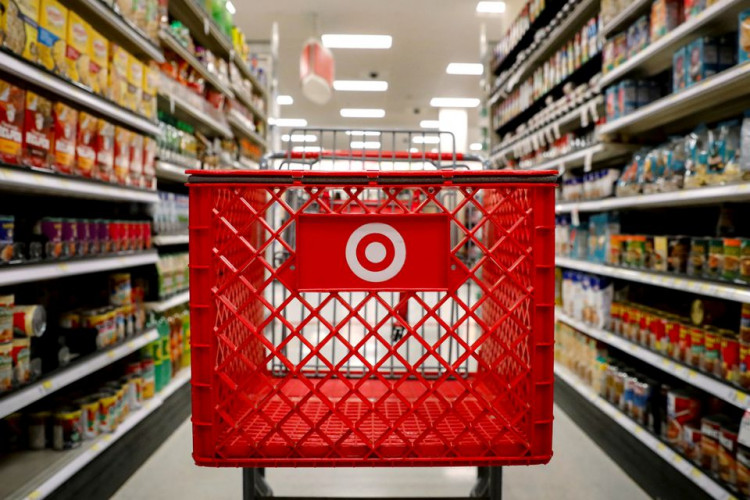Target Corporation is facing a turbulent financial outlook as the retailer reported disappointing third-quarter results and issued a cautious forecast for the upcoming holiday shopping season. The company's stock tumbled nearly 15% in early trading Wednesday, reflecting investor concerns over declining profit margins, supply chain challenges, and a strained consumer base.
In its earnings release, Target reported an adjusted earnings per share (EPS) of $1.85, falling short of Wall Street's expectations of $2.30. Total quarterly revenue reached $25.67 billion, up a modest 1.1% from the previous year but missing analysts' projections of $25.90 billion. Operating income also took a hit, declining 11.2% year-over-year to $1.2 billion.
"We encountered some unique challenges and cost pressures that impacted our bottom-line performance," said Target CEO Brian Cornell during a call with analysts. Among the challenges cited were elevated digital fulfillment costs, supply chain inefficiencies, and the expense of launching new facilities. These pressures contributed to a decline in the gross margin rate to 27.2%, down 0.2 percentage points from last year.
Despite the headwinds, Target did report growth in specific areas. Comparable sales rose 0.3%, driven by a 2.4% increase in store traffic and a 10.8% surge in digital sales, largely powered by the popularity of same-day services like Drive Up and Target Circle 360. Beauty products saw a robust 6% sales increase, while food and beverage categories posted low single-digit growth. However, discretionary items like home decor and electronics underperformed as consumers shifted spending toward essentials amid ongoing inflation.
Cornell acknowledged the pressures faced by Target's core customer base, saying, "Consumers tell us their budgets remain stretched, and they're shopping carefully as they work to overcome the cumulative impact of multiple years of price inflation."
The retailer's outlook for the critical holiday shopping season is bleak. Target now expects flat sales in the fourth quarter, with adjusted EPS projected to fall between $1.85 and $2.45, below the Wall Street consensus of $2.66. The company also revised its full-year guidance, lowering expected EPS to a range of $8.30 to $8.90, down from the previous forecast of $9.00 to $9.70.
Analysts attribute some of Target's struggles to its merchandise mix, which includes a higher proportion of discretionary goods compared to competitors like Walmart and Costco. More than half of Target's inventory falls into the non-essential category, making it vulnerable to shifts in consumer sentiment. Joseph Feldman, an analyst at Telsey Advisory Group, noted in a client memo that "Target may be losing share among its middle- to upper-income consumers to retailers like Amazon, Costco, and Walmart."
Compounding Target's challenges is the competitive edge of Walmart, which has been gaining market share, particularly among higher-income households. Walmart's U.S. same-store sales grew 5.3% last quarter, and its profit rose 8.2%. The retailer also raised its financial outlook, signaling confidence in a strong holiday season. Similarly, TJX Companies, the parent of TJ Maxx and Marshalls, reported a 3% increase in same-store sales and upwardly revised its guidance.
Target's attempts to attract shoppers through aggressive price cuts on thousands of items have yielded limited results. Meanwhile, Walmart's focus on groceries-which account for nearly half its revenue-has bolstered its appeal to consumers tightening their budgets. In contrast, Target has been slower to pivot its inventory toward essentials, leaving it more exposed to declining demand for discretionary items.
The retailer's third-quarter inventory stood at $15.165 billion, while its long-term debt totaled $14.346 billion. Target's cash and cash equivalents were reported at $3.433 billion at the end of the quarter, underscoring the company's financial constraints as it navigates a challenging retail environment.






